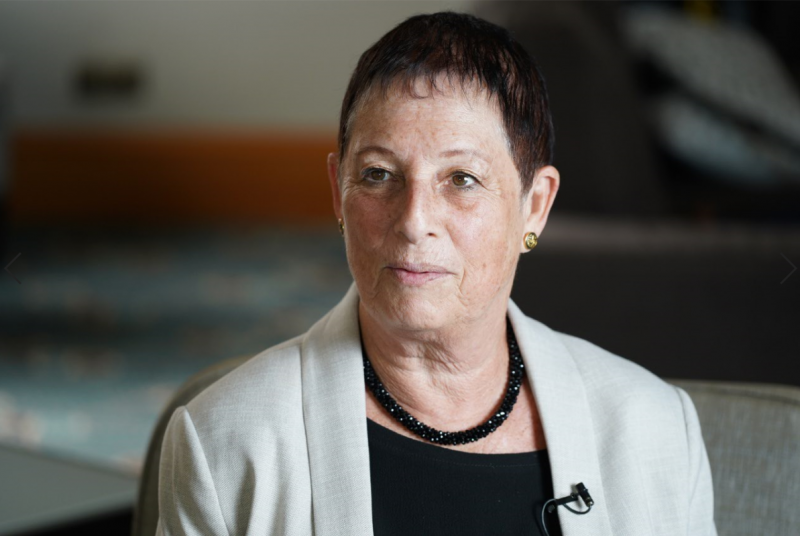“The patients and their families have difficulties in assessing the quality of care they are receiving. In addition, there often are communication difficulties, whether due to language or cultural differences and the family at home have no-one with whom they can consult on such issues. They have no criteria for assessing the quality of the treatment and in fact can be completely alone, particularly in the periphery, where choices are very limited” says Pnina Rosenzweig, President of the stroke support organisation in Israel, the Neeman Association.
SAFE: What is one issue related to the life after stroke in your country that you think needs special attention?
PR: Given the projected increase in the number of stroke cases and the increase in the proportion of patients in need of rehabilitation, there is no doubt that inpatient rehabilitation solutions currently provided by the health care system will have difficulty responding to the huge shortage of rehabilitation beds in the hospitals, especially in the periphery. They will not be able to meet the expected burden of stroke and to provide optimal treatment to stroke survivors.
One of the solutions offered today in Israel and around the world is to provide rehabilitation in the patient’s home. This solution has many advantages. Among the benefits of providing rehabilitation in the patient’s natural environment are reducing the risk of being hit by dangerous infections and the huge costs on the public system.
On the other hand, the need to provide rehabilitative care to stroke survivor patients with complex needs calls into question the ability to respond to these needs. In the rehabilitation phase, these patients usually require many intensive medical and rehabilitative services and special teamwork.
SAFE: What would be the solution, i.e. what is your organization’s position regarding this issue?
PR: The proposed solution is to establish a system of regulatory and objective controls to test the quality of the rehabilitative process and treatments provided in the patient’s home to people with stroke. The definition of such a monitoring system would include quality indicators of the stroke survivor’s rehabilitation and audit over time. The quality indicators will examine both the quality of medical rehabilitation and the patient and family experiences, particularly their perspective on the rehabilitation process.
The final audit data will be published for decision makers in the health care system, the families of patients after stroke and general public. This publication will motivate the health system to reward only systems that will provide quality rehabilitation and the families of patients to choose only these systems, which provide optimal rehabilitation to for their family’s member.
SAFE: Please tell us more about your organisation.
PR: There are more than 120,000 stroke survivors in Israel and it is estimated that some 18,000 individuals join their ranks each year.
In 1996, families of stroke survivors banded together to create the Israeli NGO, the Neeman Association. Their mission was – and is – to reduce the morbidity of stroke in Israel, improve the medical and rehabilitative processes provided to the survivors of the stroke, to promote the health and well-being of stroke survivors and to support families.
Among the most significant breakthroughs of the Neeman Association in recent years has been its strategic plan to improve stroke prevention and care at the national level. The Neeman Association collaborates with Israel’s Ministry of Health, international specialists, decision makers and strategic leaders in medical care and rehabilitation.
In 2017, the Neeman Association was awarded first prize by the World Stroke Association for its advertising campaign to raise public awareness of stroke symptoms and the life-saving value of immediate emergency care.
Another key focus of the Neeman Association is to improve the quality of life for stroke survivors. Today, Neeman conducts fourteen social clubs in community centers throughout Israel, directed by professionals and operated largely by volunteers. For hundreds of stroke survivors and their families, the social clubs are a home and a haven.





